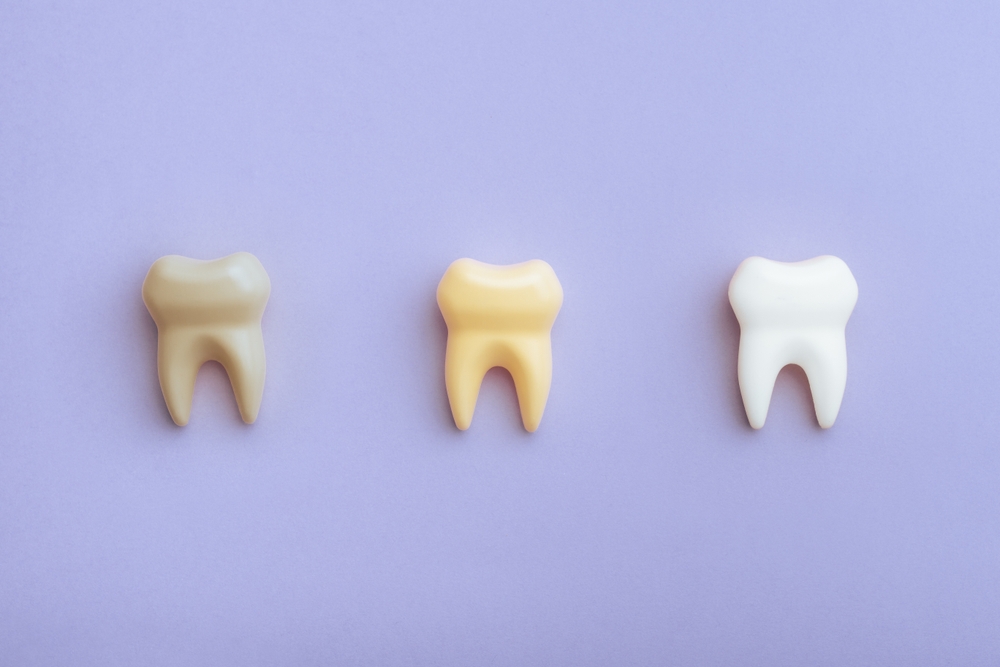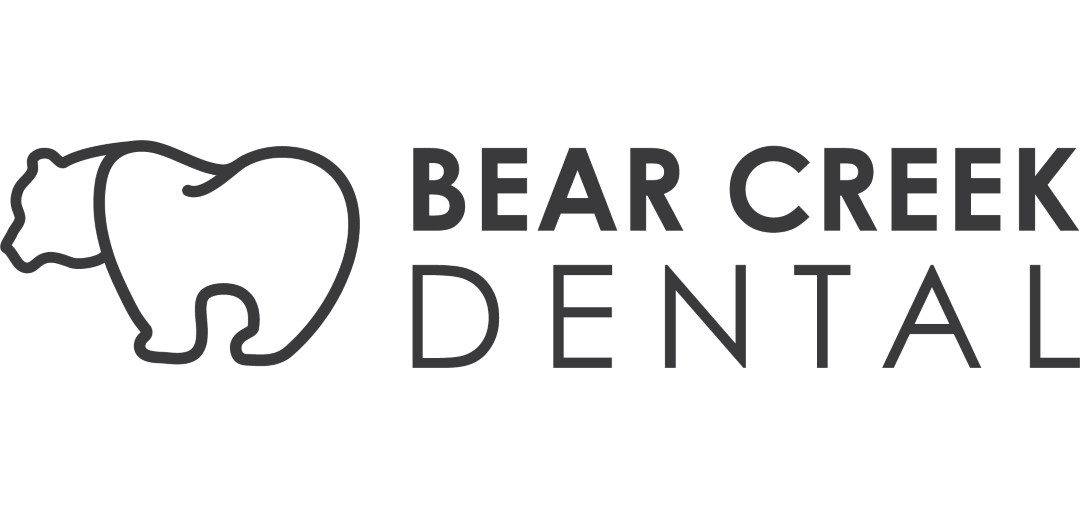
Having a bright, white smile is something many of us want, but tooth discoloration is a common issue that can affect people of all ages. From lifestyle choices to natural aging, there are several reasons why teeth lose their brightness. Learn about the various types of tooth discoloration and how they can all be prevented, because that will help you guard your smile more confidently every day.
In this guide, you’ll find the most popular causes of discolored teeth and the recommended steps to keep them looking as good as ever. Whether you already see some changes happening with your teeth or are trying to prevent future staining, this guide can help.
Different Types of Tooth Discoloration
Three types of tooth discoloration exist, along with their main causes and removal techniques:
Extrinsic Stains
Extrinsic stains form on the surface of the tooth (enamel) and are usually caused by things like certain foods, beverages, or tobacco products.
Intrinsic Stains
This directly affects the middle part of the tooth (dentin), and intrinsic stains include those caused by trauma or some medications or too much fluoride exposure in early childhood.
Age-related Stains
As we get older, the enamel on our teeth slowly thins, exposing the yellow dentin underneath. This leads to a mix of both internal and surface stains.
Well, if you are confused about which type you can have, it would be better to go to dental clinic near you for a professional evaluation.
Common Causes Of Discolored Teeth
Many common daily habits and conditions can cause your teeth to lose their natural color. Here are some normal causes of discolored teeth:
Food and Drinks
Drinks like coffee, tea, red wine, and soda can slowly stain the outer layer of your teeth over time. Foods such as berries, soy sauce, and tomato sauces can also lead to tooth stains.
Tobacco Use
Both smoking and chewing tobacco are known to leave stubborn stains on teeth, often resulting in brown or yellow discoloration.
Poor Oral Hygiene
Not brushing and flossing properly lets plaque and stain-causing stuff collect on your teeth.
Certain Medications
Antibiotics like tetracycline and doxycycline can lead to intrinsic stains, especially if used during childhood. Blood pressure drugs and certain antihistamines might also be involved.
Dental Trauma
Injury to a tooth can cause it to darken or appear gray, especially if the nerve is damaged.
Aging
As enamel thins with age, the natural color of the dentin beneath becomes more visible, leading to a yellowish tint.
How to Prevent Tooth Discoloration?
Fortunately, there are several ways to prevent tooth discoloration and maintain a healthy-looking smile:
Practice Good Oral Hygiene
Brush twice daily, floss regularly, and use a mouthwash to keep plaque and surface stains at bay.
Watch Your Diet
Limit staining foods and drinks. When you do consume them, rinse your mouth with water afterward or use a straw to minimize contact with your teeth.
Quit Tobacco
Yellow or brown stains can be avoided in large part by abstaining from smoking and chewing tobacco.
Stay Hydrated
Drinking lots of water helps rinse away food bits and keeps your mouth fresh and clean.
Schedule Regular Dental Visits
Seeing a professional dentist in Grande Prairie for cleanings and checkups can help catch discoloration early and remove surface stains effectively.
Protect Your Smile with Expert Care!
Our goal at Bear Creek Dental is to assist you in maintaining and restoring your smile. Visit our reputable dentist office in your area for individualized treatment if you’re worried about tooth discoloration or would want tips on maintaining white teeth. Our skilled dentist in Grande Prairie is here to help you achieve a stunning and self-assured smile.
Schedule your visit now and brighten the world with your smile!
